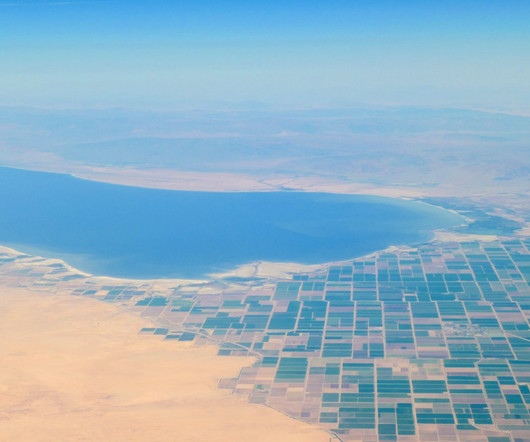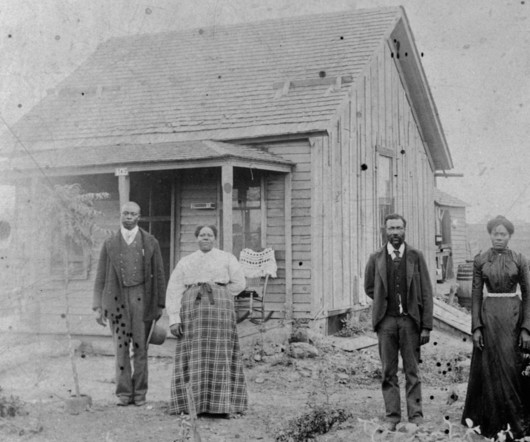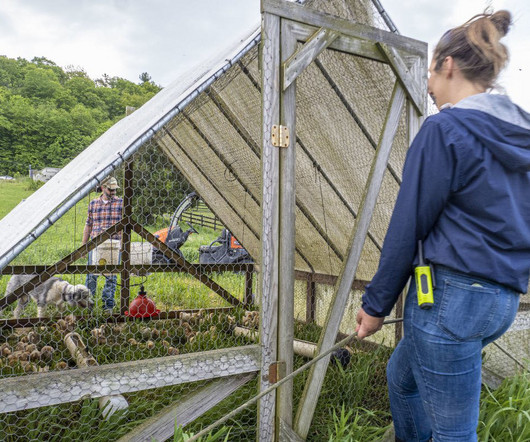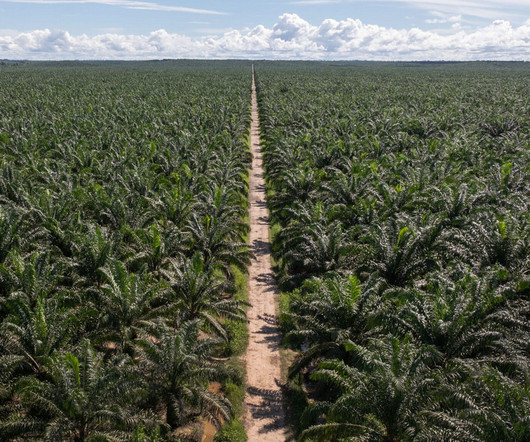Black Earth: A Family’s Journey from Enslavement to Reclamation
Civil Eats
DECEMBER 10, 2024
Patrick Brown, who was named North Carolinas Small Farmer of the Year by North Carolina Agricultural and Technical State University this year, grows almost 200 acres of industrial hemp for both oil and fiber, and 11 acres and several greenhouses of vegetablesbeets, kale, radishes, peppers, okra, and bok choy.




















Let's personalize your content